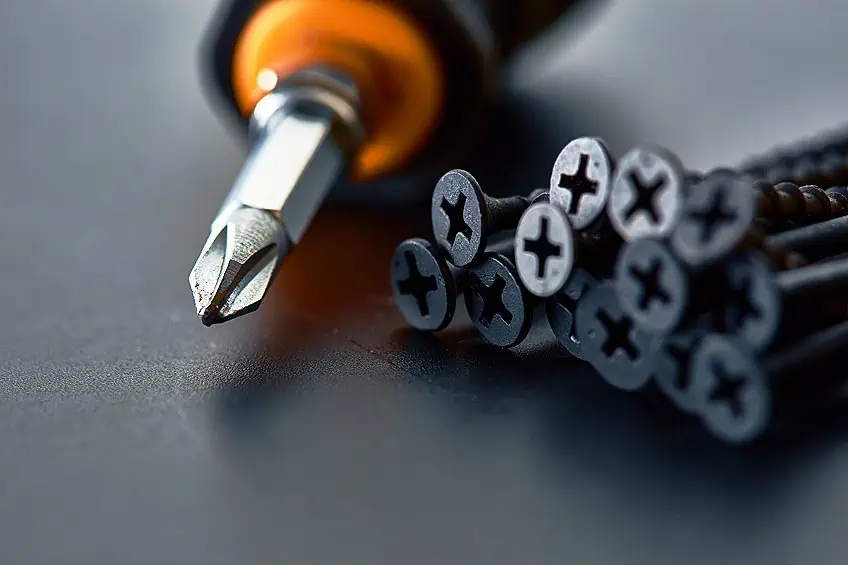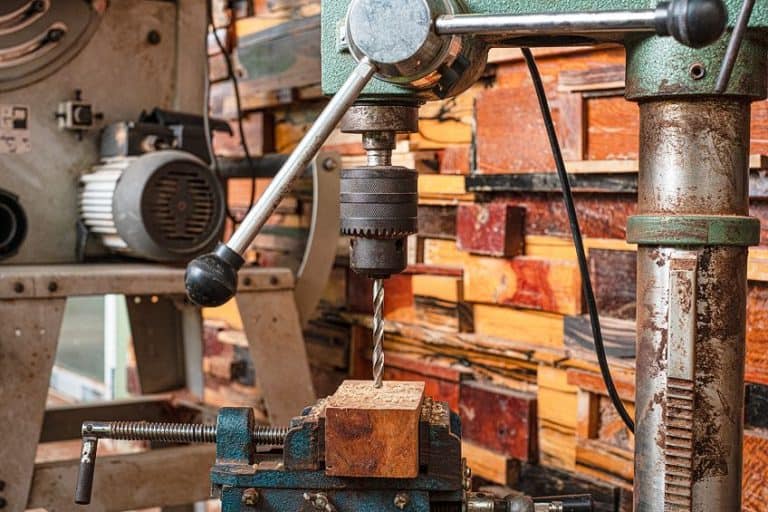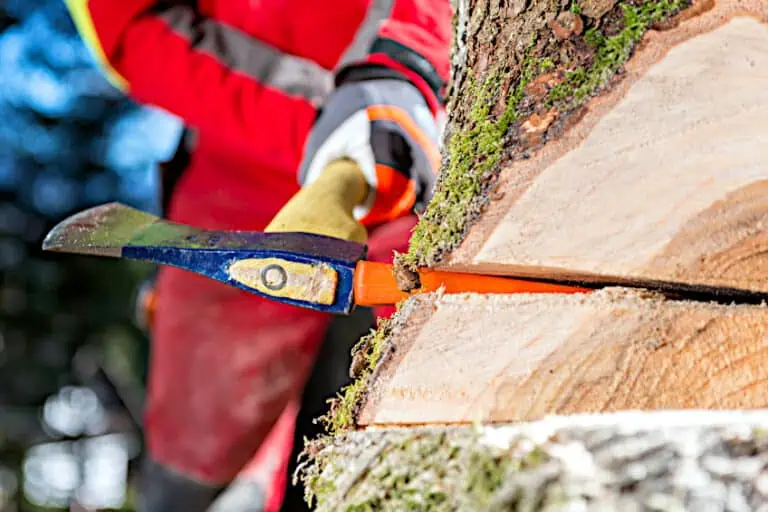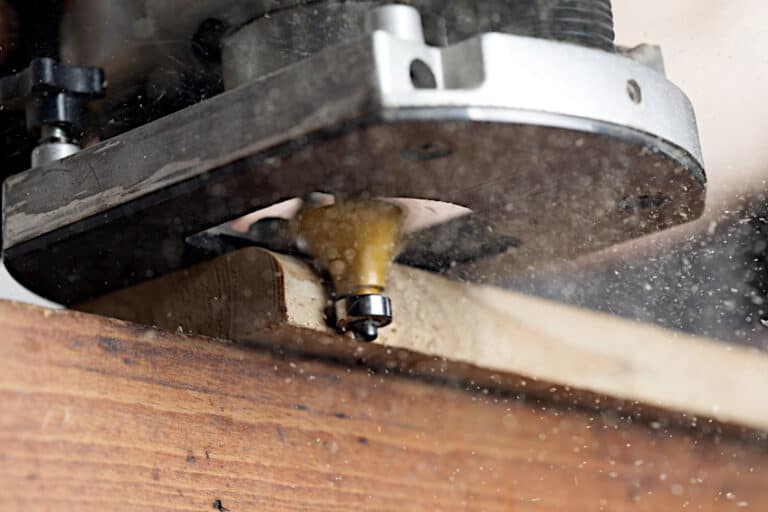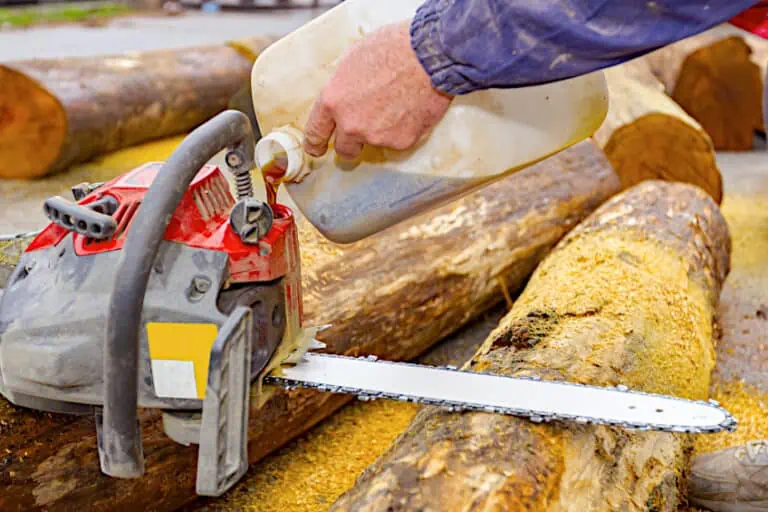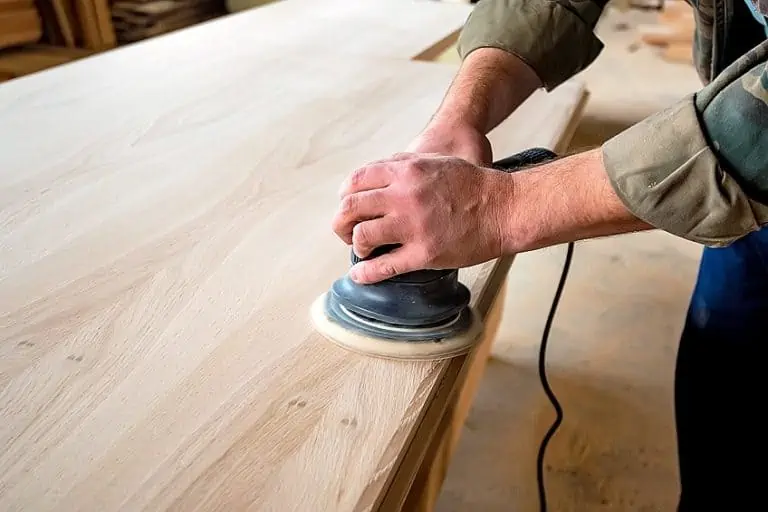Screw Head Types – A Screw Savvy Guide
Welcome to the fascinating world of screw head types, where every twist and turn reveals a different way to fasten things together! Like characters in a quirky story, screw heads come in all shapes and sizes, each with its own unique personality and purpose. From the steadfast Phillips to the rebellious Torx, and the timeless Flathead to the enigmatic Allen, these screw heads are the unsung heroes of the woodworking realm, holding our projects together with flair and finesse. So grab your toolbox and get ready to embark on a screw-tastic adventure that will leave you spinning with delight!
Table of Contents
Key Takeaways
- Screw head types are integral to the tool required and application suitability.
- Common screw heads include slotted, Phillips, and Torx, while specialized types serve unique needs.
- Selecting the appropriate screw head is vital for durability and optimal function of the fastener.
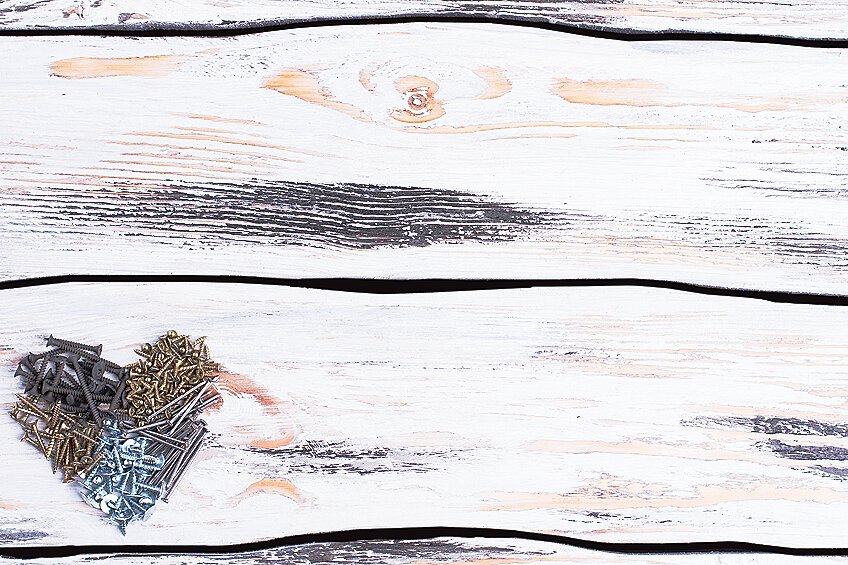
Understanding Screw Heads
Screw head types are a fundamental aspect of fastening technology, integral to a multitude of industries and applications. The head of a screw is as important as the thread itself, determining the tool required for installation and the use-case suitability. From simple woodworking to advanced aerospace engineering, the choice of screw head can affect ease of use, strength, and finish of an assembly. Understanding the diverse range of screw head types is crucial for selecting the right fastener for any job. Common types include slotted, Phillips, and Torx, each designed for different tools and purposes. While slotted screws are among the oldest and most basic, requiring a simple flat-blade tool, Phillips heads are designed to center the driver and limit cam-out.
Torx heads, identified by their star-shaped recess, offer higher torque transmission and reduced slippage.
In addition to these, there are several specialized screw heads such as hex, square, and spanner that cater to specific needs, whether for security or technical purposes. Application and selection of screw heads come down to factors such as material, required torque, and accessibility. The right choice leads to stronger joints and longer-lasting constructions. With an ever-evolving range of types, professionals and DIY enthusiasts alike must stay informed about which screw heads are best suited for their projects. In the vast landscape of screw head types, each paired with its distinct drive, lies a world of fascinating variety.
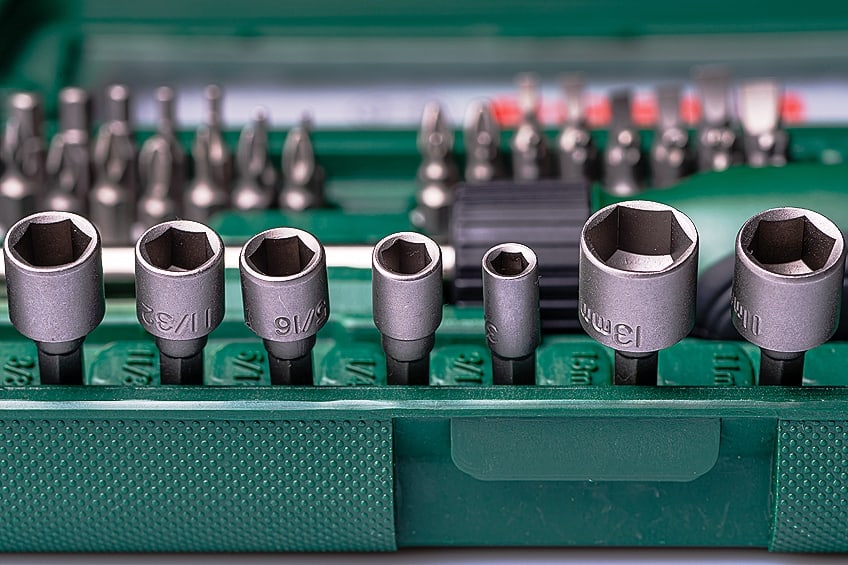
First, there’s the Phillips, sporting an “X” shaped drive that boasts superior torque capability compared to its slotted counterpart. Then, there’s the Slotted, featuring a single cut through the head; straightforward, yet susceptible to slippage under intense torque. And let’s not forget the Torx, with its star-shaped drive that promises exceptional torque transmission without the hassle of slipping. Together, these drives and heads form a dynamic ensemble, each bringing its own strengths to the woodworking stage. Each head and drive combination serves a purpose, from providing aesthetic finishes to ensuring strong holds in various materials.
It’s crucial to match the correct screw head and drive type to the application at hand for optimal results.
Common Types of Screw Heads
This section provides an overview of various screw head types, each serving unique purposes in construction and manufacturing.
Binder
Binder head screws are known for their slightly rounded heads with a wide diameter, which is useful for holding material through larger holes without washers.
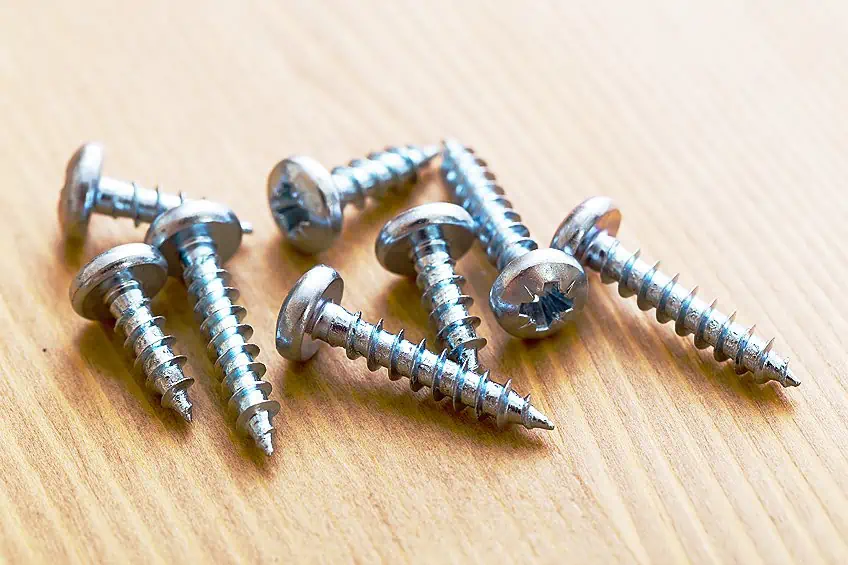
Pan
Pan head screws have a slightly rounded top with vertical sides that project above the surface material. They offer a compromise between flat and round head types for some applications.
Fillister
The fillister head screw is characterized by a smaller head diameter and taller height compared to pan heads, allowing for deeper drive slots – beneficial for applications where a stronger, more torque-resistant head is required.
Flat
Flat head screws are designed to sit flush against the surface when installed. They have a countersunk head with a flat top surface and a conical bearing surface with a head angle of typically 82 or 100 degrees.
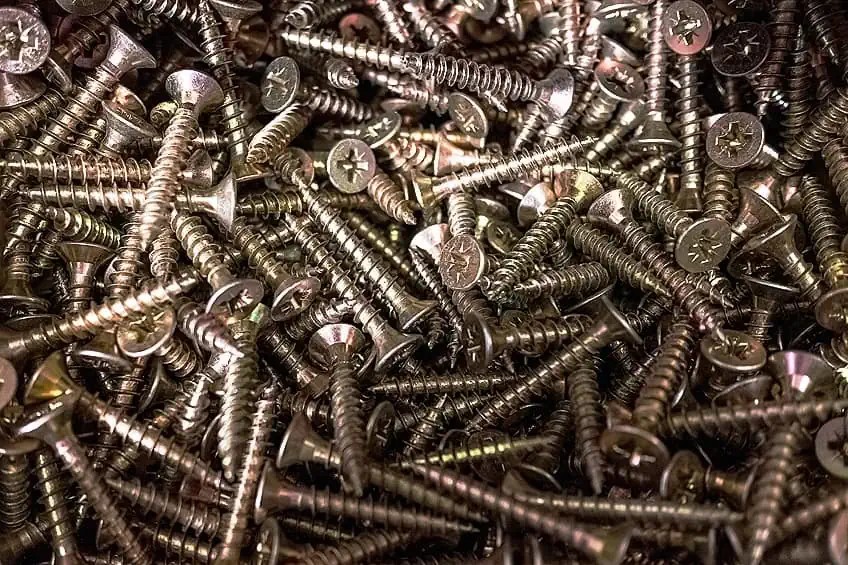
Hex
Hex head screws have a hexagonal shape, compatible with wrenches and sockets for higher torque application, predominantly seen in construction and machinery.
Oval
Oval head screws combine the countersink of a flat head with a rounded finish, providing an aesthetically pleasing final look and are often used in decorative hardware.
Mushroom/Truss
Mushroom or truss head screws offer a lower profile than pan heads, with a wider bearing surface due to their characteristic shape that resembles a truss.
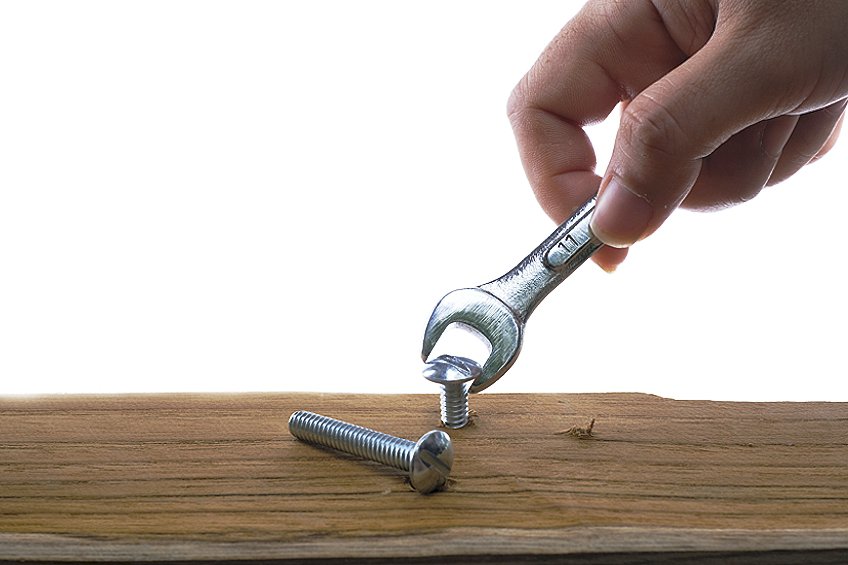
Socket Cap
Socket cap screws have a cylindrical head with a hexagonal drive hole. They are designed for applications where the screw head cannot protrude above the mating surface.
Socket Button
Socket button head screws have a dome-shaped head and are driven with a hex key. They are typically used in machine parts and clamping. The dome-shaped head offers a low profile but still stands off the material surface.
Other Types of Screw Heads
In the diverse world of fasteners, there are screw heads designed for both common and specialized applications. These designs can range from a simple slotted head to complex and secure heads that resist tampering, understanding their unique purposes is essential for the appropriate selection and use in any project.
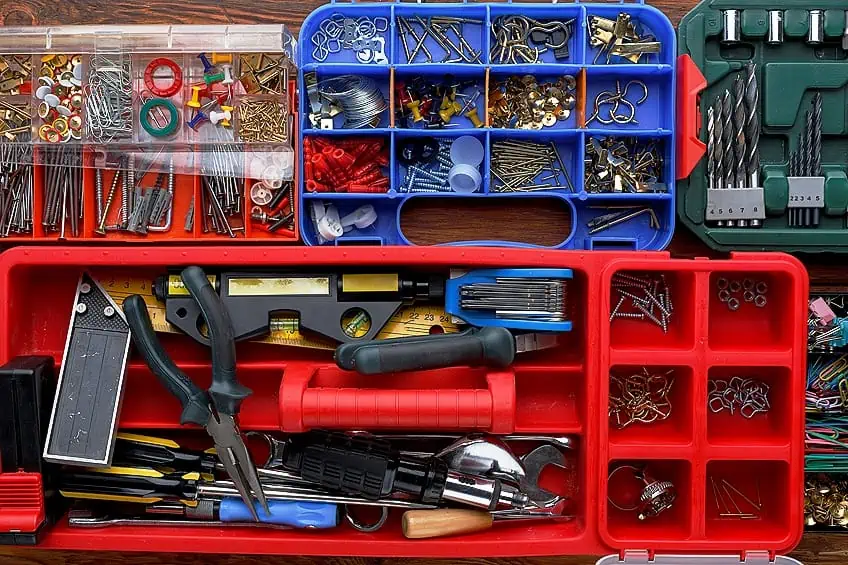
Slotted and Phillips Head
Slotted screws are among the oldest and most basic screw types, characterized by a single slot cut into the head for the operation with a standard flat-head screwdriver. They provide sufficient torque for many applications but can be prone to camming out if not aligned properly. On the other hand, Phillips head screws feature a cross-shaped slot and require a Phillips screwdriver. This design allows the user to apply more torque than with a slotted head and limits the chance of slippage, making them ideal for automation. Common features include:
- Slotted: Single slot, flat-head screwdriver required
- Phillips: Cross-shaped slot, increased torque capability
Specialty and Security Heads
Specialty and security heads are crafted for specific applications that often require additional safety, security, or control. Examples include:
- Hex and Torx: Hex screws have a hexagonal recess and require an Allen key or hex drive. Torx screws, with a six-pointed star-shaped pattern, provide high torque transmission due to their unique design. Torx Plus is a variation with more surface area, offering even higher torque without damaging the screw head.
- Security fasteners: Screw head types are essential in safety and security, thwarting tampering and vandalism with their diverse designs. Examples include Tamper-resistant Torx and Hex screws, featuring a recessed pin requiring special tools, and Tri-wing and Spanner screws, used in public restrooms for their unconventional drive styles. Additionally, One-way screws, common in security, can only be tightened, adding an extra layer of protection by preventing removal once secured.
- Aerospace industry: Special attention to fasteners like the 12-point or Quadrex heads ensures safety and reliability under extreme conditions.
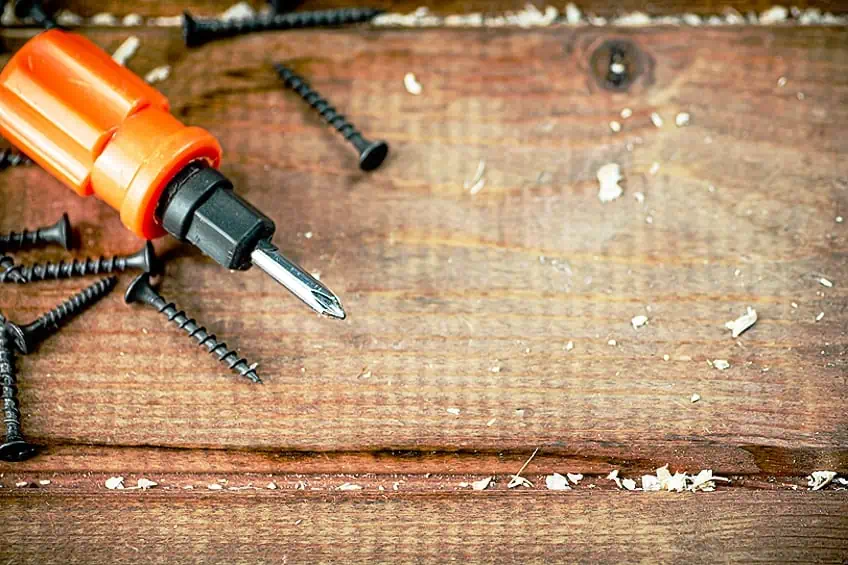
Application and Selection
When selecting screws, bolts, and nuts for various applications, understanding the specific screw drives, material compatibility, and industry requirements is crucial for both safety and functionality.
Material and Industry Use
Construction: The construction industry often utilizes bugle head screws for attaching drywall, where their unique shape helps distribute torque evenly without damaging the material. For decking and outdoor projects, manufacturers prefer screws with a high corrosion resistance, such as those made from coated steels or solid metals like brass. Electronics: In electronics, selecting the correct screw is essential to ensure a secure grip without applying excessive pressure that might damage sensitive components.
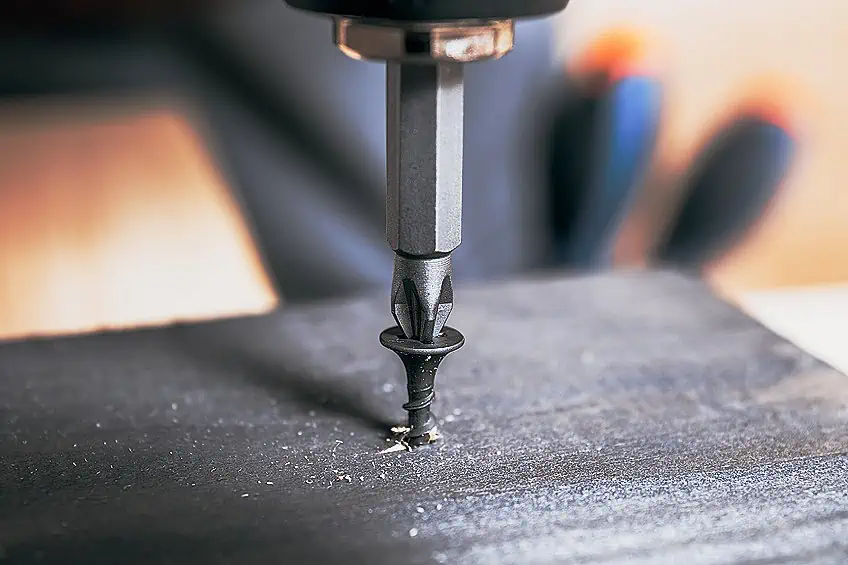
Typically, smaller screws with precise threads are used to hold circuit boards or to mount connectors. Aerospace Industry: Aerospace fasteners must withstand extreme conditions and are usually made from high-strength materials like titanium or corrosion-resistant steel alloys. Bolts and screws in this sector require exact torque specifications to maintain integrity and safety standards.
Considerations for Use
- Drive style: The screw drive, or the slot on the screw head, is a key feature to consider, as it dictates the type of screwdriver or removal tool necessary. Common drives include Phillips, flathead (slotted), and Torx. Choosing the right drive style affects both grip and torque transmission.
- Material selection: For optimal performance, the material of the fastener should be compatible with the material it’s being used with, to avoid galvanic corrosion or material incompatibility that could affect pressure distribution or structural integrity.
- Safety: When selecting industrial fasteners, considering the safety implications is critical. Ensuring that the fastener has the correct strength and grip for the application can prevent failures and potentially hazardous situations.
What Are Different Head Screws Used For?
Different screw heads serve specific applications depending on their design and the intended function. Here’s an overview:
- Flathead: Ideal for applications where the screw head needs to sit flush with the surface. Commonly used in woodworking.
- Phillips: Provides a better grip and control than a flathead, reducing cam-out. Suited for general use across many assemblies.
- Pozidriv: Similar to Phillips but with extra ridges for reduced slippage. Often found in European hardware.
- Torx (Star): Resists cam-out better than Phillips or flatheads, used in electronics and automotive components.
- Hex (Allen): Requires an Allen key. Common in furniture assembly and bicycles due to its stable driving properties.
- Square (Robertson): Offers a good grip and is popular in woodworking and decking because it doesn’t strip easily.
- Slotted: The oldest design, which is easy to manufacture, but prone to cam-out. Used in applications with low torque requirements.
- Security screws: Custom head designs that can only be driven by specialized tools. They are used to deter tampering in public or sensitive equipment.
The selection of a screw head is determined by factors such as the required torque, the need to sit flush with the work surface, resistance to cam-out, and security considerations. Different head designs can be combined with various screw types, like lag bolts for heavy lumber or twinfast screws for faster driving, enhancing their specific applications.
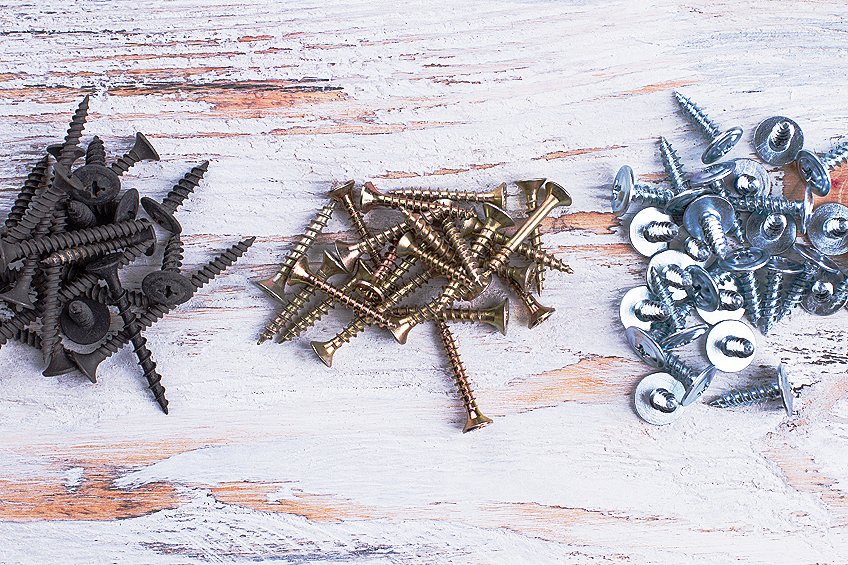
As we conclude our exploration of screw head types, it’s clear that these seemingly mundane components are the unsung heroes of woodworking adventures. From the whimsical Phillips to the steadfast Torx, and the enigmatic Tri-wing to the indomitable One-way, each screw head type adds its own flair to the craft. So, next time you’re fastening pieces together, remember the diversity and ingenuity behind those tiny heads. Embrace the quirks, celebrate the variety, and let your projects spin into a masterpiece of screw-tacular proportions!
Frequently Asked Questions
What Distinguishes the Different Types of Screw Head Designs?
Different screw head designs are distinguished by their geometry which affects their application and the tool used for installation or removal. For example, flat or slotted heads are compatible with flat screwdrivers, whereas Phillips heads have a cross-shaped slot providing increased torque. Hex heads have a hexagonal shape requiring an Allen key, and Torx heads feature a star-shaped pattern for enhanced torque transmission.
How Can I Identify a Screw Head Type from Its Appearance?
One can identify a screw head type by closely examining the shape of the slot or recess on the top of the screw. A single horizontal indentation signifies a slotted head, while a cross shape points to a Phillips head. More contact points, such as those in a Pozidriv, suggest a different need for torque, usually indicated by additional lines between the cross. Hex heads will have a hexagonal recess, and Torx heads are recognizable by their six-pointed star shape.

I have been into woodworking since 2005 and woodturning since 2011. Because of my love for wood and woodworking, I started woodhappen.com to teach other enthusiasts about how to finish and seal wood, the best woodworking tools, the different types of wood, and everything else related to woodworking! Read more about me here.

